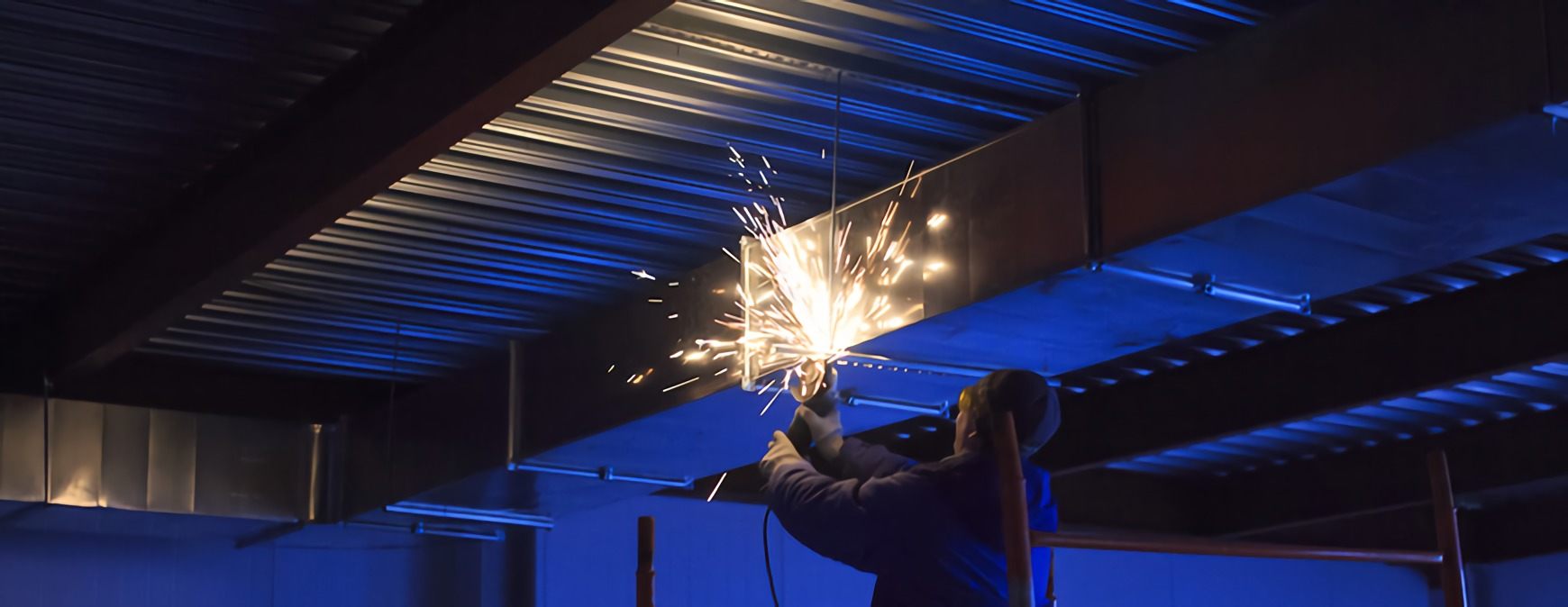RSI is a Great Training Option for Everyone
Learn more about how we can prepare you to advance your career.
Green technology is becoming more important in the HVAC industry. As we are moving toward more environmentally-friendly energy-efficient refrigerants and HVAC/R appliances, green HVAC practices are becoming a trend. A newly emerging term in the field is green ductwork. Let’s take a closer look.
What Is Green Ductwork?
While there is no fixed definition of green ductwork, most experts agree that it involves recycled materials, several indoor air quality (IAQ) elements, and duct-sealing products. 1
Materials
A large variety of materials can be recycled to and used for ductwork. Ductwork made from fabric has many advantages over metal. It is lighter and doesn’t require additional materials to support the ducts which means fewer resources (both material and labor) is needed. It is also easier to install and the fiber material enables air to be delivered more quietly than its metal counterpart.
Insulation
Insulation greatly affects air quality. Chemicals in tradition air duct insulation contains volatile organic compounds (VOCs) which in some case, can contribute to illness. Green liners reduce VOCs, protect against condensation, and reduce the potential for mold and other bacteria or microbial growth. In addition, they are easy to clean.
Sealing
The main feature of green ductwork is its increasing efficiency by preventing leakage. Energy efficiency and increased energy costs are due to improper sealing. Products that create greater seals reduce leakage. They also reduced the need for more materials to connect the ducts and sealant which also saves on labor.
Get Started on the Path to a New Career
Fill out our form to learn how we can help you change your life.
Installation
Green ductwork has many benefits. However, even if you have the most advanced, energy-efficient HVAC equipment, improper duct sealing can reduce energy savings.
The U.S. Environmental Protection Agency (EPA) launched a new Energy Star program in late 2016, called the Energy Star Verified HVAC Installation (ESVI) that emphasizes the importance of residential duct sealing and other best practices for HVAC installation and improving energy efficiency. It is not enough for homeowners to buy appliances with the Energy Star designation and expect energy and cost savings as proper installation of the units play an important role. The new ESVI program looks at not just the HVAC unit but to the installation which includes use ductwork that provides air tight seals to prevent leaking. Homeowners who wish to obtain Energy Star certification can work with a participating contractor who does the installation according to ESVI specification and afterwards submits the work for testing and verification. Homeowners who installations pass will receive an ESVI certificate. 2
Stay Up-to-Date
With owners of both commercial and residential buildings placing greater emphasis on energy savings and efficiency with regard to HVAC systems, green ductwork and its many benefits may very likely play a large role in the industry over the coming years. HVAC/R school graduates could benefit from staying informed about green HVAC trends, as homeowners and commercial properties may request more environmentally-friendly HVAC solutions.
Additional Sources
1 – http://www.achrnews.com/articles/133408-efficiency-codes-standards-drive-green-ductwork-trend
2 – http://www.achrnews.com/articles/133741-new-us-epa-energy-star-program-focuses-on-hvac-installations
This blog has been labeled as archived as it may no longer contain the most up-to-date data. For a list of all current blog posts, please visit our blog homepage at https://www.rsi.edu/blog/




